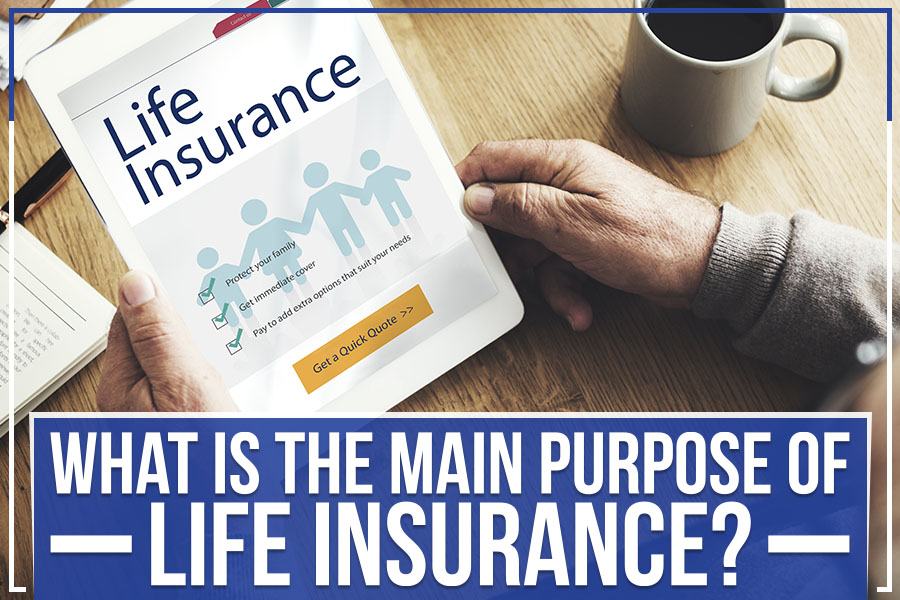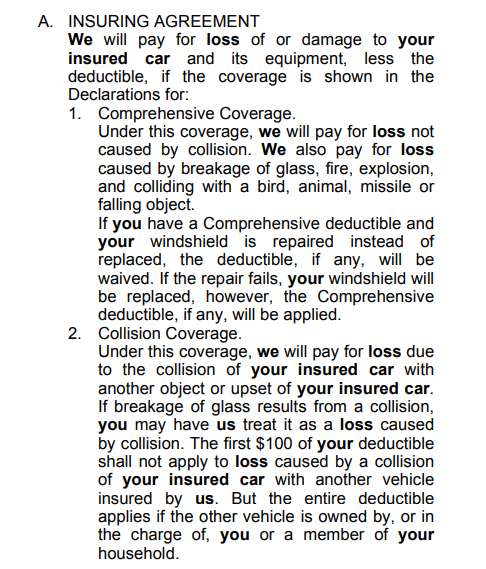Rumored Buzz on Pacific Prime
Rumored Buzz on Pacific Prime
Blog Article
What Does Pacific Prime Mean?
Table of ContentsExamine This Report about Pacific PrimeNot known Details About Pacific Prime 7 Easy Facts About Pacific Prime ExplainedExamine This Report on Pacific PrimeIndicators on Pacific Prime You Need To Know

This is due to the fact that the data were collected for a duration of strong financial efficiency. Of the estimated 42 million individuals that were uninsured, almost concerning 420,000 (about 1 percent) were under 65 years old, the age at which most Americans come to be eligible for Medicare; 32 million were adults between ages 18 and 65, around 19 percent of all adults in this age team; and 10 million were youngsters under 18 years old, regarding 13.9 percent of all kids (Mills, 2000).
These price quotes of the number of persons without insurance are created from the annual March Supplement to the Current Population Survey (CPS), performed by the Census Bureau. Unless otherwise kept in mind, nationwide quotes of people without medical insurance and proportions of the population with different sort of coverage are based on the CPS, one of the most widely made use of source of quotes of insurance protection and uninsurance prices.
Pacific Prime Things To Know Before You Buy

Still, the CPS is particularly beneficial since it produces yearly quotes relatively swiftly, reporting the previous year's insurance coverage estimates each September, and because it is the basis for a regular set of price quotes for greater than two decades, enabling evaluation of patterns in protection with time. For these factors, as well as the comprehensive use of the CPS in other studies of insurance policy protection that exist in this report, we rely on CPS quotes, with restrictions kept in mind.

The estimate of the number of without insurance individuals increases when a populace's insurance standing is tracked for numerous years. Over a three-year period starting early in 1993, 72 million people, 29 percent of the united state population, lacked insurance coverage for a minimum of one month. Within a single year (1994 ), 53 million individuals experienced at the very least a month without protection (Bennefield, 1998a)
6 out of every ten without insurance adults are themselves employed. Although functioning does enhance the probability that a person and one's relative will have insurance coverage, it is not an assurance. Also members of families with two permanent breadwinner have virtually a one-in-ten possibility of being without insurance (9.1 percent uninsured price) (Hoffman and Pohl, 2000).
Get This Report about Pacific Prime
New immigrants represent a significant proportion of people without wellness insurance policy. One analysis has actually associated a significant portion of the current development in the dimension of the U.S. uninsured population to immigrants that showed up in the nation in between 1994 and 1998 (Camarota and Edwards, 2000). Current immigrants (those that involved the USA within the past four years) do have a high rate of being uninsured (46 percent), yet they and their children account for just 6 percent of those without insurance coverage across the official website country (Holahan et al., 2001).
The relationship between health insurance coverage and access to care is well established, as documented later in this chapter. The relationship between wellness insurance coverage and health and wellness outcomes is neither straight nor straightforward, a comprehensive professional and health and wellness solutions research study literature web links health and wellness insurance coverage to enhanced access to care, better quality, and improved personal and population wellness condition.
Levels of analysis for taking a look at the effects of uninsurance. It focuses especially on those without any health and wellness insurance policy for any size of time.
The 6-Second Trick For Pacific Prime
The issues faced by the underinsured are in some aspects similar to those encountered by the without insurance, although they are usually much less extreme. maternity insurance for expats. Uninsurance and underinsurance, nevertheless, entail definitely various plan issues, and the methods for resolving them might differ. Throughout this research study and the five records to comply with, the main emphasis gets on persons with no medical insurance and hence no help in paying for health treatment beyond what is offered through charity and safety net institutions
Medical insurance is a powerful variable affecting receipt of treatment since both people and medical professionals react to the out-of-pocket price of services - https://peatix.com/user/21635503/view. Medical insurance, nonetheless, is neither needed nor sufficient to access to medical services. However, the independent and straight impact of health insurance policy protection on access to health solutions is well developed.
Others will certainly acquire the healthcare they require also without medical insurance, by spending for it out of pocket or seeking it from providers who supply care cost-free or at highly subsidized prices. For still others, health insurance coverage alone does not guarantee invoice of care as a result of various other nonfinancial obstacles, such as an absence of healthcare providers in their area, restricted accessibility to transport, illiteracy, or linguistic and cultural differences.
Some Known Details About Pacific Prime
Formal research study regarding without insurance populaces in the United States dates to the late 1920s and early 1930s when the Committee on the Price of Healthcare created a series of records concerning financing physician office visits and hospitalizations. This problem came to be salient as the varieties of medically indigent climbed up throughout the Great Anxiety.
Report this page